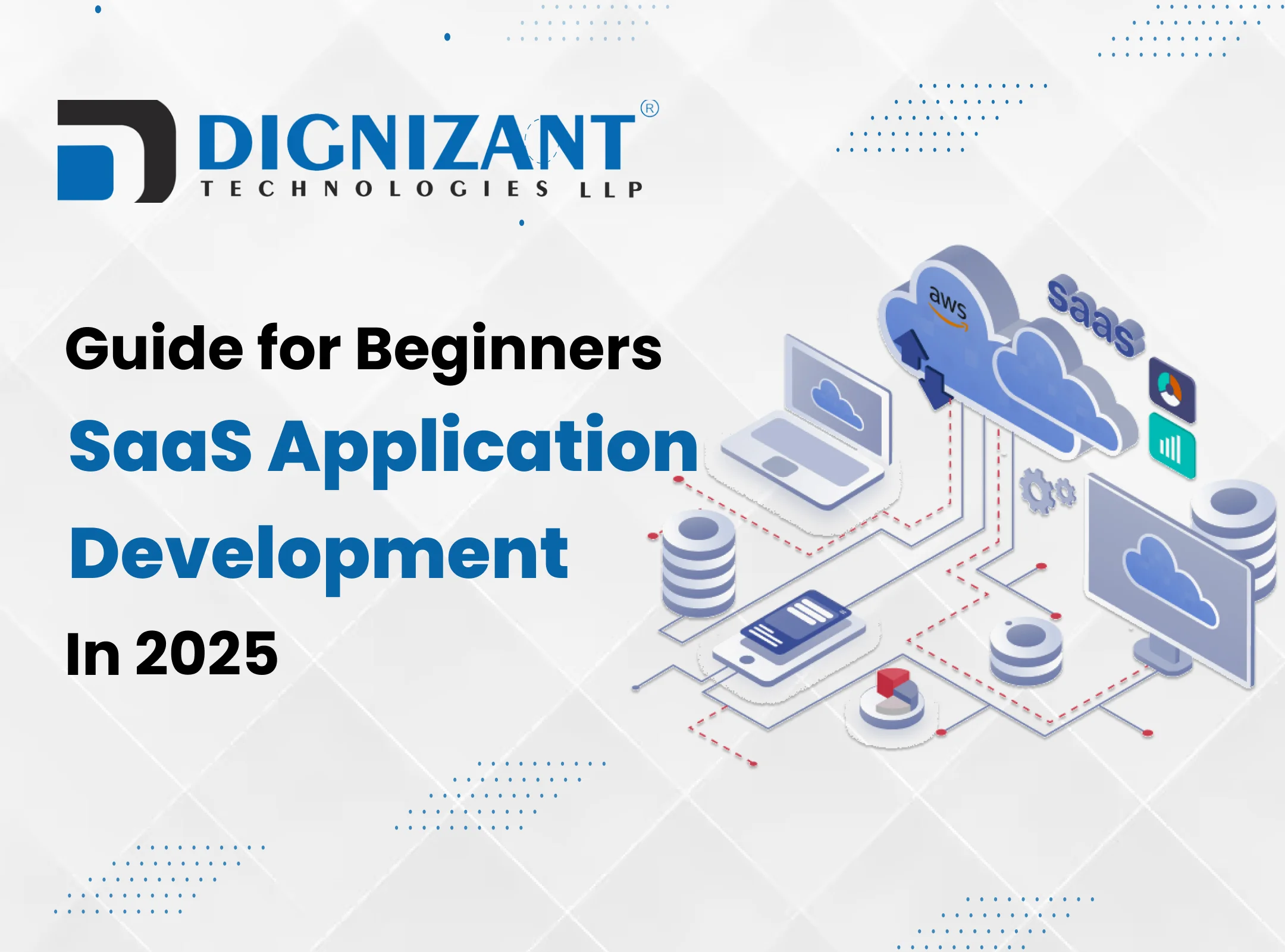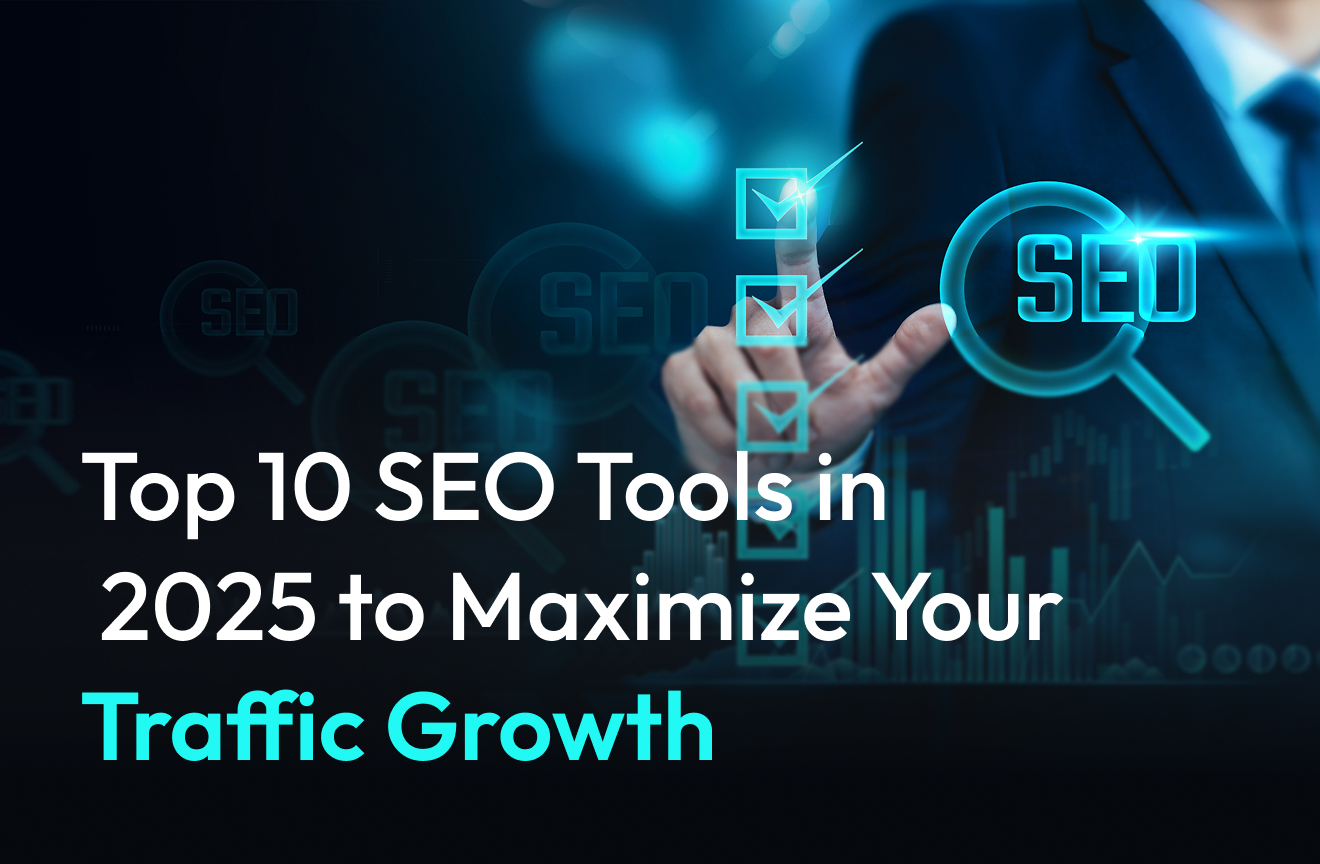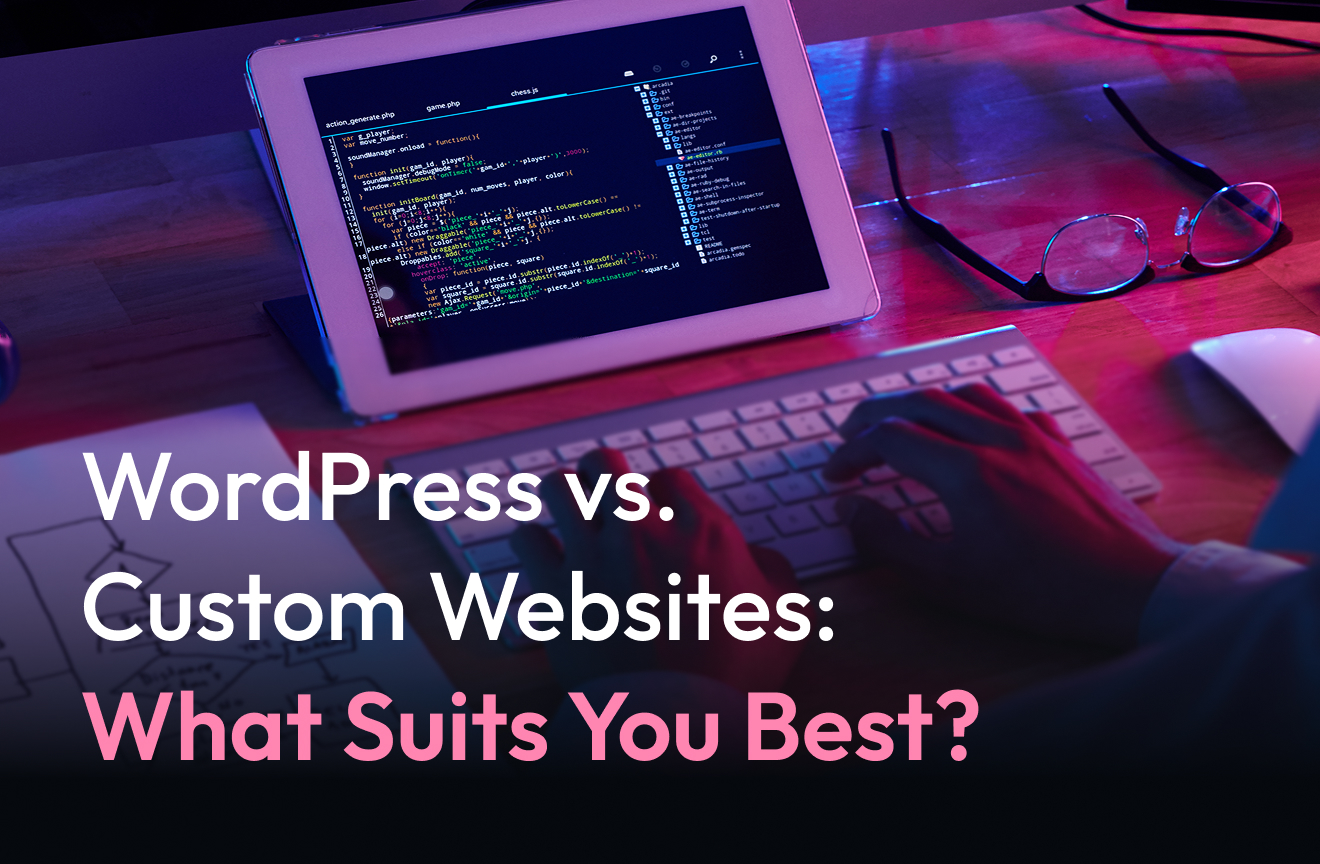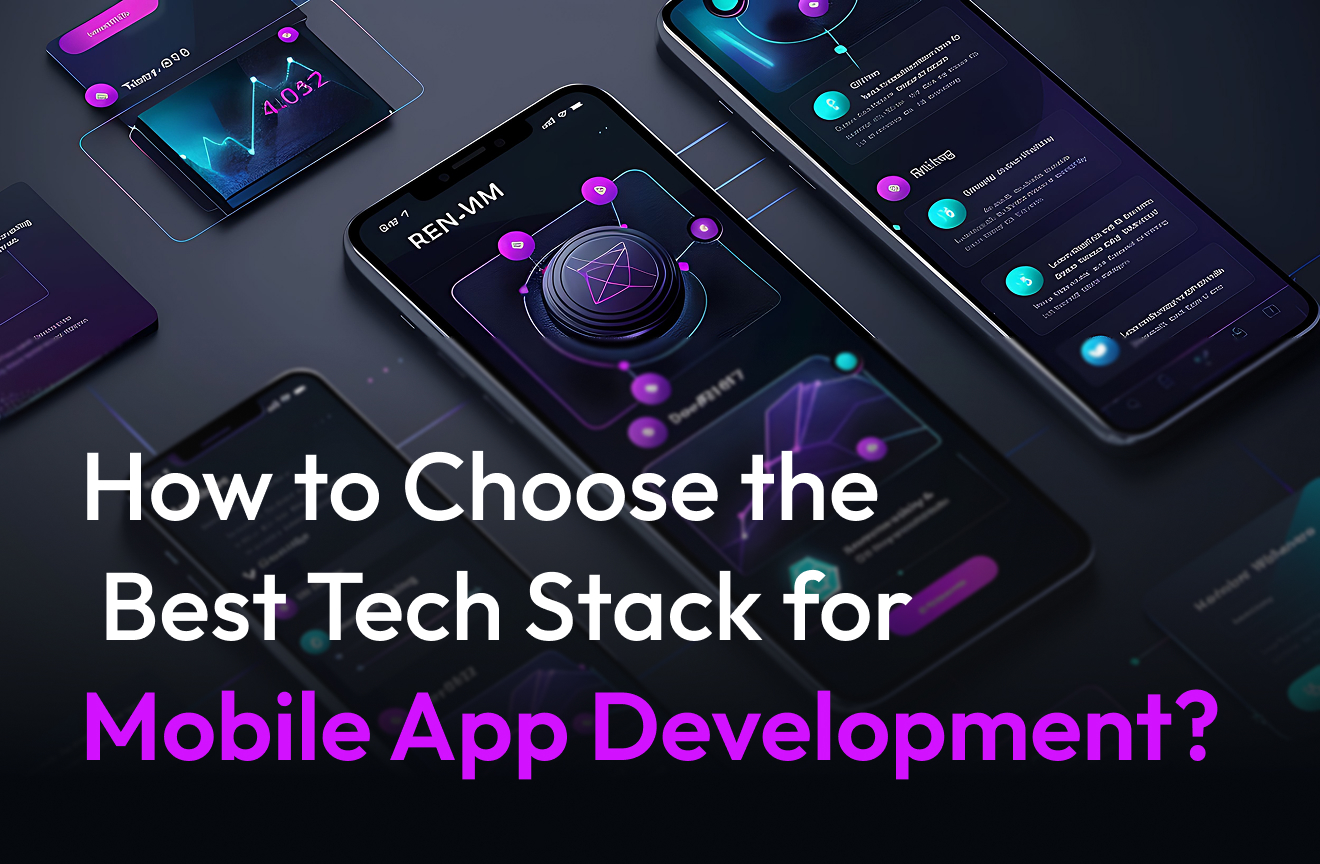Introduction
Software as a service (SaaS) is revolutionizing the digital world, enabling businesses and individuals to access powerful tools online without the hassle of installation or maintenance. If you’ve ever used Slack, Dropbox, or Zoom, you’ve seen how amazing SaaS is at work.
But what goes into a successful SaaS application development? This comprehensive guide will guide you through the entire process, from understanding the concept to implementing and selling your application.
Understanding of SaaS applications
What is SaaS?
SaaS, or Software as a Service, is a delivery model in which software is deployed on cloud infrastructure and users access it via the Internet. Unlike traditional software, SaaS eliminates the need for local installations and allows users to access it anytime, anywhere.
Basic features of SaaS applications
- Cloud-based access: Accessible from any internet-connected device.
- Subscriptions: Users pay a recurring fee instead of buying a one-time license.
- Multi-tenancy: An application securely serves multiple clients.
- Automatic updates: Users always have access to the latest content without manual upgrades.
Popular SaaS platform
- Slack: Flexibility in workplace communication.
- Salesforce: Redefining the Customer Relationship Model.
- Zoom: Simplifying normal assemblies.
- Trello: Changing management.
Find out more and get knowledge of: Best Tips For Affordable WordPress Website Design In India
Why build a SaaS application?
SaaS applications are highly profitable, providing businesses with stable revenue through a subscription model. Here’s why they’re worth your time and investment.
Benefits of SaaS application development
- Scalability of performance
SaaS applications are designed to grow alongside businesses, accommodating growing user loads without interruption.
- Cost effectiveness
By eliminating the need for expensive infrastructure and maintenance, SaaS reduces operating costs.
- Availability of resources
SaaS apps are accessible 24/7 from anywhere in the world, regardless of internet connection.
- Ease of Integration
Modern SaaS solutions seamlessly integrate with other tools and platforms to create an integrated ecosystem for businesses.
Trends in SaaS development
SaaS is evolving rapidly, and new technologies are shaping its future.
Emerging Trends
- Artificial intelligence (AI) and machine learning (ML): Enhance user experience through personalized and predictive analytics.
- Blockchain Technology: Add security and transparency.
- Mobile-first SaaS solutions: Many users prioritize mobile usage by accessing applications through smartphones.
- Vertical SaaS: Solutions designed for specific industries, such as healthcare or education.
A step-by-step guide to SaaS application development
1. Embrace your idea
Everything great starts with a strong mindset. However, it’s important to make sure your idea solves a real problem. Conduct market research, analyze competitors, and gather feedback from potential users to refine your idea.
2. Define your target audience
Your audience’s understanding is important. Create a detailed user persona to identify their pain points, preferences and expectations.
3. Select a Technology Stack
Your tech stack will determine the scalability, performance, and security of your SaaS application. Popular options include:
- Front end: Responsive, Angular, or Vue.js
- Backend:: Node.js, Python, Ruby on Rails
- Database: PostgreSQL, MongoDB
- Cloud providers: AWS, Microsoft Azure, Google Cloud
4. To develop multi-tenant architecture
Multi-tenancy enables multiple users (tenants) to share the same application by isolating their data. This approach improves resource utilization and reduces costs.
5. Put safety first
Security is non-negotiable in SaaS development. Use strong encryption, secure APIs, and regular audits to protect user data.
6. Design Intuitive UI/UX
An intuitive interface can make or break your application. Focus on simplicity, functionality, and easy navigation to maximize user satisfaction.
7. Try it carefully
Testing is essential to identify and resolve issues prior to launch. Include unit testing, integration testing, performance testing, and beta testing to ensure a flawless user experience.
8. Deployment and Monitor
Once your application is ready, move it to a robust cloud infrastructure. Use monitoring tools to monitor performance, identify problems, and ensure uptime.
Essential features of a SaaS application
To stand out in a competitive marketplace, your SaaS application must deliver:
- Customizability: Allow users to tailor the application to their needs.
- Scalable Infrastructure: Supports the growing demands of users without compromising performance.
- Monitoring and reporting: Provide users with actionable insights to track progress and results.
Choosing a pricing model
SaaS applications often adopt flexible pricing models to meet the needs of different customers.
Popular Models
- Subscription-based pricing: Fixed recurring fees, ideal for regular income.
- Usage-based pricing: costs based on usage levels, suitable for scalability.
- Freemium Model: Offers free basic content, paid for premium features.
Marketing your SaaS application Development
No matter how new your product is, it won’t do well if you don’t market it well.
Strategies for promoting SaaS
- Content Marketing: Write blogs, white papers and case studies to showcase your skills.
- SEO: Optimize your website for search engines to attract organic traffic.
- Social Media Campaigns: Connect with your audience on platforms like LinkedIn, Twitter and Facebook.
- Customer Testimonials: Gain trust by displaying positive feedback from satisfied users.
Conclusion
SaaS application development is a rewarding journey that combines technological innovation, user-centric design, and market insights. If you follow these guidelines, you’re well on your way to building a scalable, secure, and successful SaaS product that meets the needs of your audience. The SaaS industry is booming, and now is the perfect time to get involved and make your mark.
FAQs
- How much does it cost to develop a SaaS application?
Costs can vary widely, typically ranging from $30,000 to $200,000 depending on complexity and features.
- What are the biggest challenges in SaaS development?
Challenges include ensuring security, maintaining scalability and maintaining high performance.
- How do I choose the right cloud provider for my SaaS application?
When choosing a provider, consider factors such as scalability, price, support, and local availability.
- How long does it take to develop a SaaS application?
Development timelines typically range from 6 months to 1 year, depending on size and resources.
- What skills do I need to develop a SaaS application?
Skills in front-end and back-end development, cloud technology, UI/UX design, and cybersecurity are essential.

Stay Up to Date
Get our newsletter
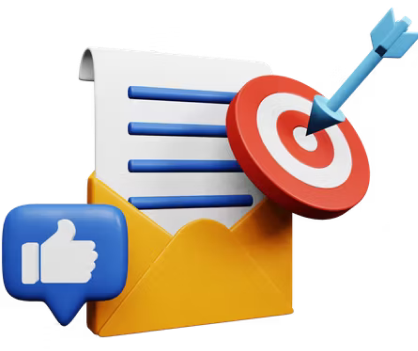
Table of Contents
Toggle